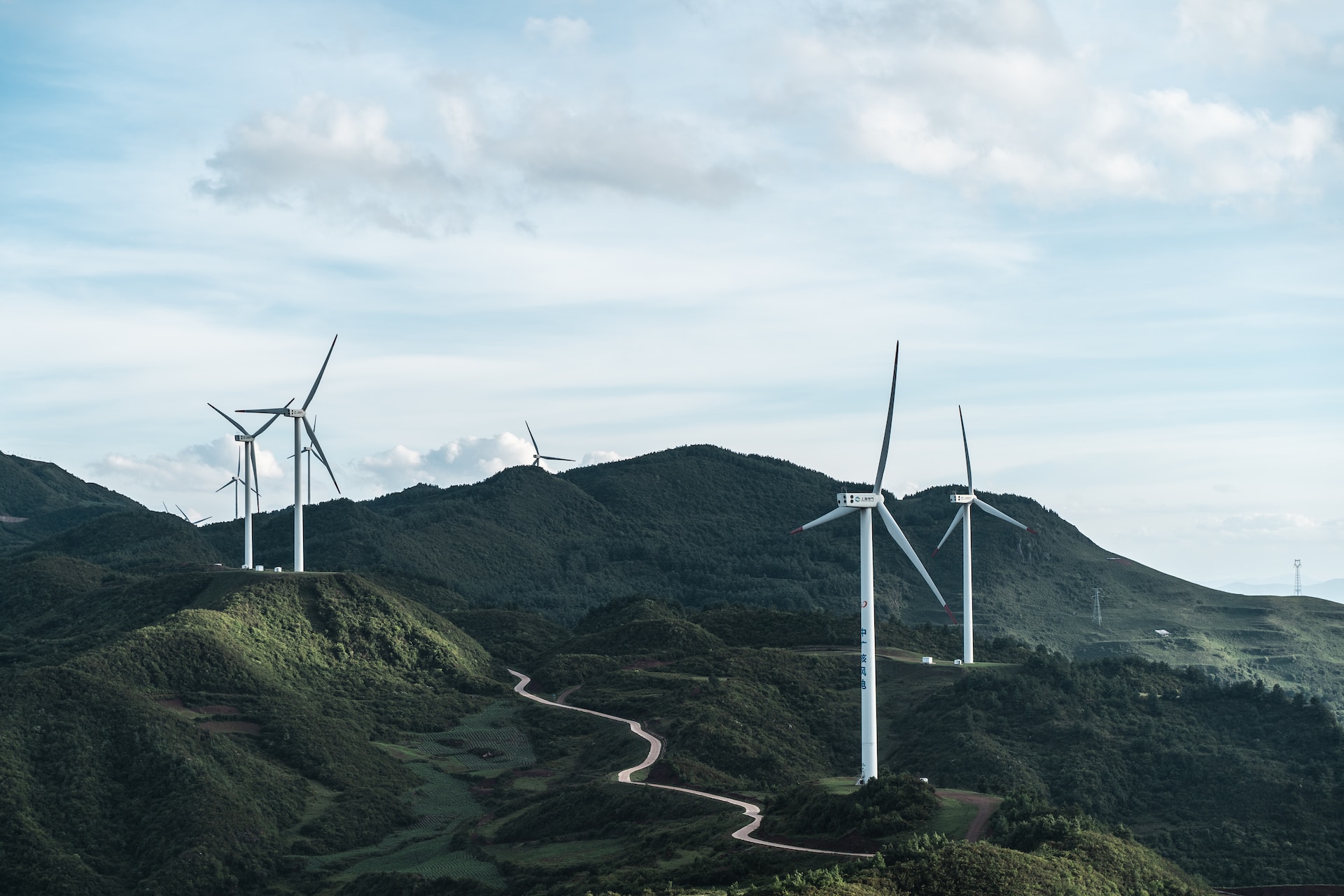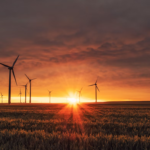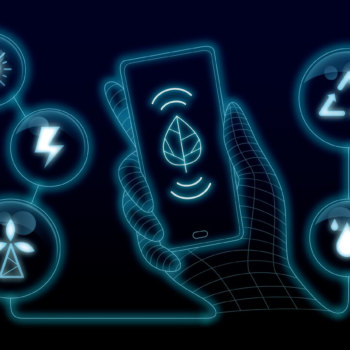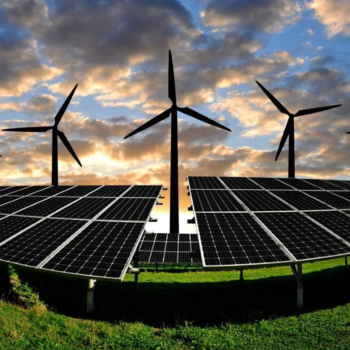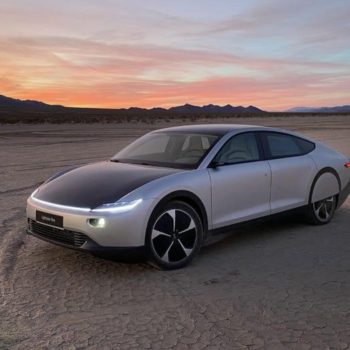|
|
You’ve likely heard the buzz around renewable energy sources – solar, wind, hydropower, and more. They’re not just good for the environment, they’re increasingly becoming a smart economic choice too.
According to the International Renewable Energy Agency (IRENA), in 2020 alone, 162 GW of renewable power was installed worldwide – an increase of over 10% from the previous year. As we collectively strive towards more sustainable living, this growth trend is promising.
However, you’ve probably also heard arguments questioning the reliability of these renewables. The global dialogue around this issue has been as heated as the sun’s rays that power solar panels and just as diverse as the wind patterns that drive turbines.
If you’re keen on understanding this dynamic topic that’s reshaping how we power our world, read on to get enlightened!
Key Takeaways
- Renewable energy sources like solar, wind, and hydropower are gaining popularity due to their environmental and economic advantages.
- Despite the benefits, the reliability of renewable energy is often questioned due to issues such as intermittency and grid stability.
- Strategies like energy storage systems, smart grid technologies, demand response programs, and interconnected grids are being implemented to address these concerns.
- Technological advancements in solar and wind energy, including improvements in efficiency and cost-effectiveness, are helping to mitigate reliability issues.
- Despite the challenges, the future of renewable energy looks promising, with continuous innovations and a growing commitment to a sustainable future.
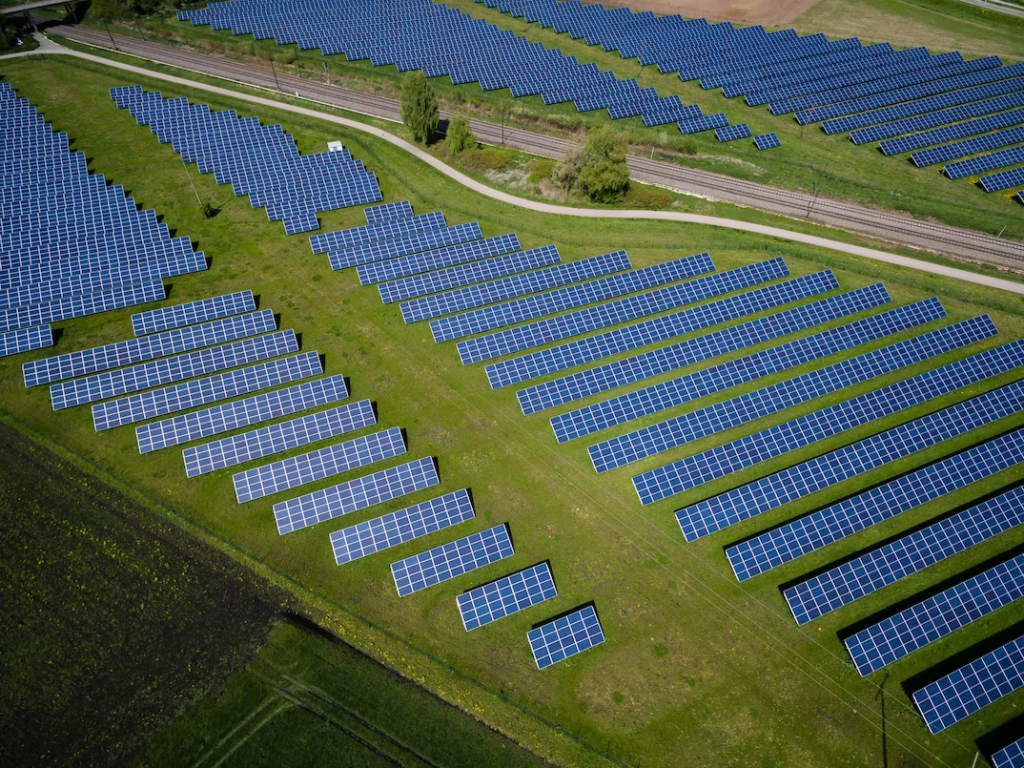
The Case for Renewables
Renewables have captured the attention of millions of people all over the world for a reason – these innovative energy generation solutions are not only less harmful to the environment, but they also provide concrete economic advantages.
Environmental Benefits
By turning towards renewables like wind, solar, and hydroelectric systems, we make a significant contribution to reducing global warming emissions.
Just consider this: burning natural gas for electricity releases between 0.6 and 2 pounds of carbon dioxide equivalent per kilowatt-hour (CO2e/kWh), but wind power only emits between 0.02 to 0.04 pounds CO2e/kWh. That’s a vast difference. Not only that, but these renewable technologies don’t contribute to any air pollution while generating electricity.
It is believed that the 25 percent by 2025 national renewable electricity standard in the United States alone could lower power plant carbon dioxide emissions by an astonishing 277 million metric tons annually by 2025.
And if we keep pushing forward with renewables adoption, we could potentially slash the electricity sector’s emissions by about a massive 81% by mid-century!
Apart from curbing greenhouse gases emission, another significant advantage of these clean energy sources is they do not pollute or strain our water resources as fossil fuels do. This dual-benefit approach makes renewables a game-changer in environmental preservation efforts.
Economic Advantages
Switching over to clean energy sources doesn’t just benefit the environment – it’s also a major boost for the economy. The renewable energy industry is incredibly labor-intensive compared to fossil fuel technologies, which means more jobs are created.
In 2016 alone, the wind energy industry employed over 100,000 full-time-equivalent employees and had more than 500 factories manufacturing turbine parts.
Even more impressive were the 2016 numbers from the solar industry, with over 260,000 people employed in installation, manufacturing, and sales roles.
Hydroelectric power wasn’t left behind either; it kept approximately 66,000 people gainfully employed in 2017.
In comparison, the whole fossil fuel industry relied on slightly over 540 000 employees to operate, despite having a much higher share of the energy sector pie back in 2016.
Not only does increased support for renewable energy offer a potential surge in job creation compared to producing an equivalent amount of electricity from fossil fuels, but growth in clean energy can have positive ripple effects on local economies as well.
This trickles down to industries involved in renewable energy supply chains and even unrelated local businesses that benefit indirectly. Local governments aren’t left out of this economic boom as they stand to gain through property and income taxes plus other payments made by renewable project owners.
Plus, let’s not forget: unlike non-renewable sources, which fluctuate wildly in price due to market forces beyond our control – renewables can provide stable energy prices over time thanks largely to their low operating costs after upfront investments are recouped.
Unfortunately, despite their benefits, renewable energy generation methods are often scrutinized for their reliability issues.
The Question of Reliability
You’ve likely heard about the intermittency issue with renewable energy – the fact that the sun doesn’t always shine and the wind doesn’t always blow.
This factor raises concerns about grid stability, as a consistent power supply is crucial for our modern society.
Let’s delve into these topics and analyze how these challenges are being addressed, backed by data and technological advancements in our quest for a sustainable future.
Intermittency Issue
It’s a sunny, wind-filled day, and your solar panels and wind turbines are working overtime, but what happens when the sun sets or the wind dies down?
That’s where the intermittency issue with renewable energy sources comes into play. Despite their undeniable potential to reduce greenhouse gas emissions and protect our ecosystems, renewable energy technologies face a significant challenge: they depend on weather conditions that can be unpredictable.
Solar panels need sunlight to produce electricity; wind turbines require wind. When it’s cloudy or calm, these systems generate less power or none at all. This variability makes maintaining a stable and reliable supply of electricity more complex.
Addressing this intermittency is crucial for our transition towards sustainable energy solutions. Various strategies have been proposed and implemented across the globe – from energy storage systems like Vistra Energy’s world-leading lithium-ion battery capacity to pumped storage hydropower as an alternative solution.
However, each has its pros and cons:
| Solution | Pros | Cons |
|---|---|---|
| Lithium-ion Batteries (e.g., Vistra Energy) | High capacity; Efficiently stores electricity | High cost; Limited lifespan |
| Pumped Storage Hydropower | Large scale; Long term storage capability | Geographic limitations; Environmental impacts |
| Hydrogen Storage | Massive potential for long-term storage | High energy input required for compression/cooling |
Smart grid technologies offer another promising avenue by adjusting electricity supply in real-time based on demand patterns identified through machine learning and data analytics techniques.
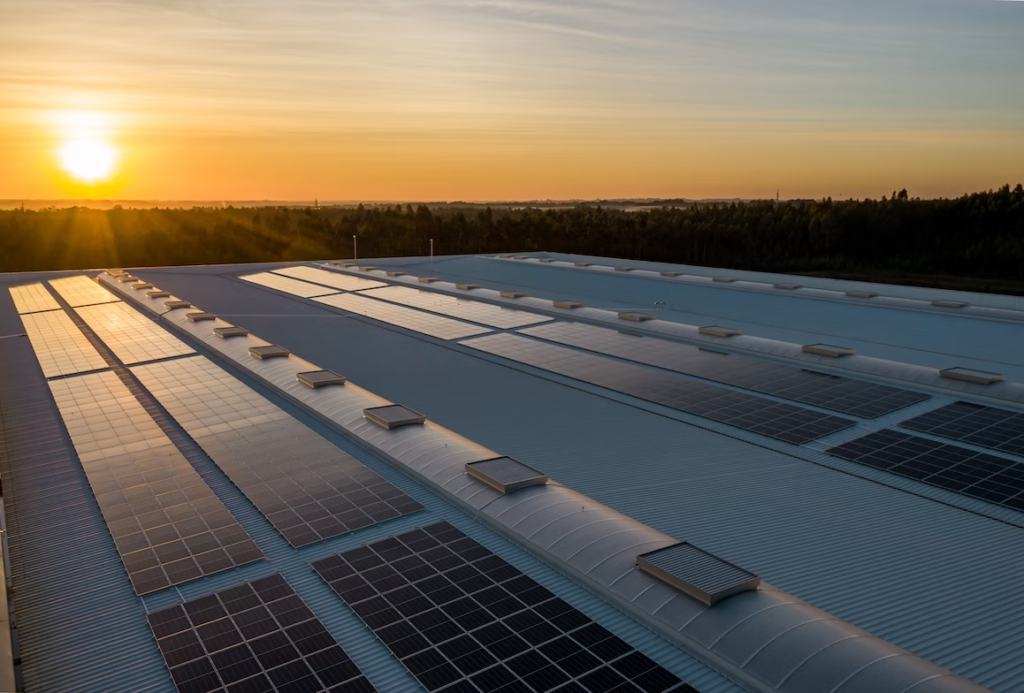
Grid Stability Concerns
While embracing the promise of renewable energy, we are also facing a new challenge: maintaining grid stability. As more variable energy sources like wind and solar become part of our power mix, there’s an increasing concern about how to keep the electric grid stable.
This is primarily because these renewables are intermittent in nature – they only generate electricity when the sun is shining, or the wind is blowing.
Unlike conventional power plants that can adjust their output as demand changes, renewables don’t offer this flexibility which may lead to fluctuations in frequency on the power grid.
However, technological advancements and smart management strategies have offered solutions to mitigate these potential problems:
- Energy storage systems: The introduction of large-scale battery storage technology has been a game-changer for renewable energy. These systems store excess electricity generated by renewables during peak production times (like midday for solar) and release it when production drops (like at night or during calm weather).
- Demand response programs: These initiatives shift consumption from periods of high demand to periods of lower demand. For instance, utility companies may incentivize customers to run their dishwashers or charge their electric cars at night when there’s ample wind power but less overall electricity demand.
- Interconnected grids: By connecting multiple regions’ grids together, areas with excess power can help balance those where supply falls short.
Remember, every new solution brings its own set of challenges that we must tackle head-on. But with concerted effort and continuous innovation, we are more than capable of maintaining grid stability while transitioning towards a cleaner future powered by renewables.
Technological Advances in Renewables
The reliability concerns might be partially mitigated by the improvements in renewable tech.
Solar technology is advancing at a breakneck pace, with efficiency rates soaring and costs plummeting year after year.
Meanwhile, innovations in wind energy have made it possible to harness more power than ever before, dramatically reducing carbon footprints while providing reliable, renewable energy around the clock.
Developments in Solar Energy
Advancements in solar energy technology have significantly improved its efficiency and affordability, making it a more viable option for renewable energy.
The cost of solar photovoltaic modules has dropped by more than 99% over the last few decades, from $76.67 per watt in 1977 to less than $0.26 per watt in 2016.
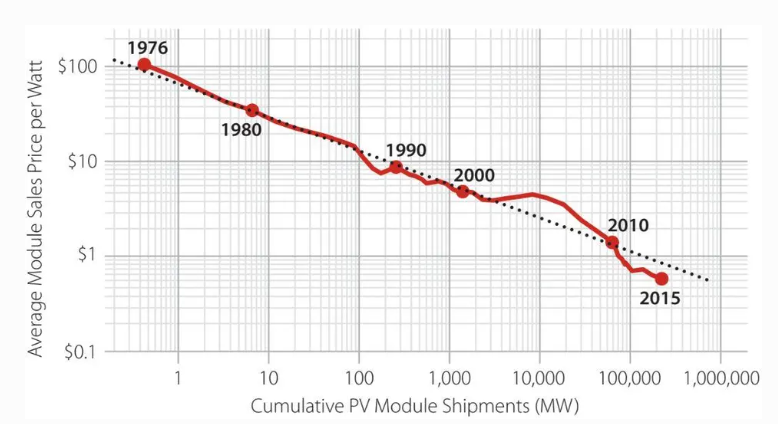
This considerable price reduction not only makes this source of power feasible for households but also attractive to investors seeking profitable and sustainable alternatives.
The rise of advanced materials like perovskites is one factor driving these improvements in solar technology.
Perovskite solar cells are cheaper and easier to manufacture than traditional silicon-based ones, and they’re rapidly closing the gap in terms of efficiency, too – achieving rates exceeding 25%!
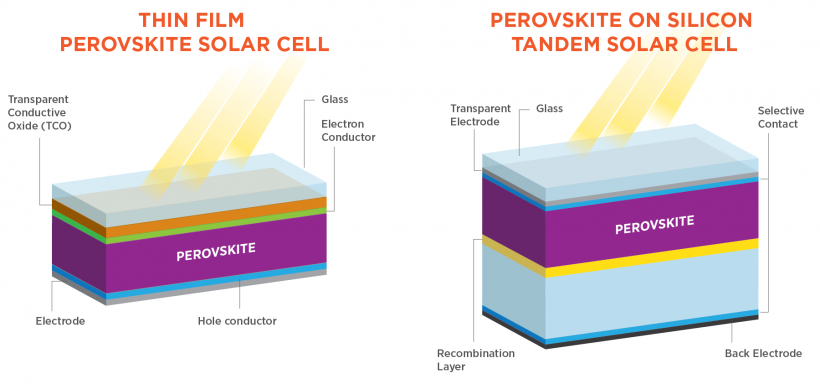
Taken from: https://www.energy.gov/eere/solar/perovskite-solar-cells
There’s also been progress made on integrating battery storage with solar systems – crucial for smoothing out fluctuations in power generation due to changes in weather conditions or time of day. In fact, research shows that combining solar installations with battery storage units can reduce apartment reliance on grid electricity by over 60%.
These advancements highlight how far we’ve come and point towards a bright future where reliable renewable energy is within everyone’s reach.
Innovations in Wind Energy
You’ve likely seen those towering white turbines scattered across fields and along coastlines, their blades spinning majestically against the sky – a testament to human innovation harnessing nature’s gifts.
However, did you know that these structures have been undergoing constant evolution? Advances in technology and design are making wind turbines more efficient and cost-effective, indirectly improving the reliability of wind energy generation systems.
Some of the improvements include:
Larger Turbines
Developers are increasingly building bigger turbines capable of generating more electricity per unit. One example is GE’s Haliade-X offshore turbine which stands at an impressive 853 feet tall with blades longer than football fields.
These larger turbines capture wind at higher altitudes, where it tends to be stronger and more consistent.
They also make offshore wind farms a viable option as they can produce large amounts of electricity despite space limitations.
Floating Wind Farms
The Hywind Scotland project by Equinor showcases floating wind turbines that open up previously unusable deep-water sites for renewable energy production.
This groundbreaking approach not only maximizes output but also minimizes environmental impact by avoiding seabed disruption.
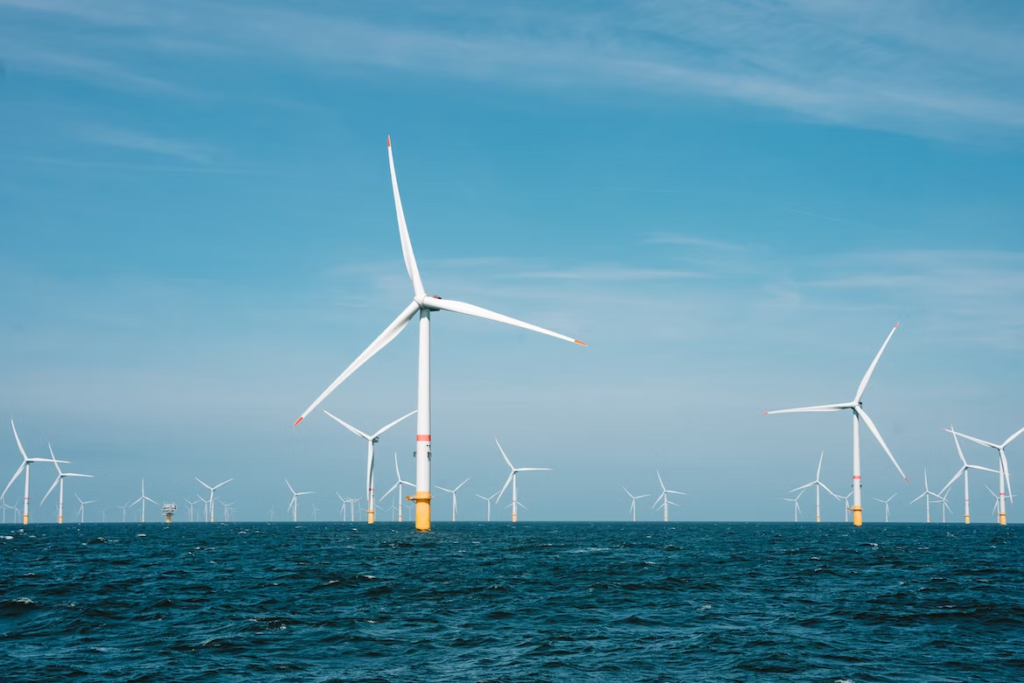
Smart Tech Integration
Modern turbines use machine learning algorithms and sensors to optimize performance based on real-time weather data.
Such technologies reduce maintenance costs, increase reliability, and ultimately make clean power from the breeze around us a robust competitor in today’s energy market.
These innovations should give us all hope for a greener future powered by reliable renewables like wind energy. While challenges still exist, there is clear evidence that ongoing innovations are tipping the scales toward sustainable solutions.
Final Thoughts
It’s clear that while there are genuine concerns about the reliability of renewable energy generation solutions, remarkable strides have been made in addressing these issues.
From technological advancements in solar and wind energy to innovative strategies for grid stability and intermittency, the future of renewable energy looks more promising than ever.
As we continue our journey towards a more sustainable world, it’s essential to remain informed and engaged in the discussions shaping our energy landscape.
So, keep exploring, keep questioning, and most importantly, keep pushing for a cleaner and more sustainable future. The path may be challenging, but the reward is a healthier planet for generations to come.
